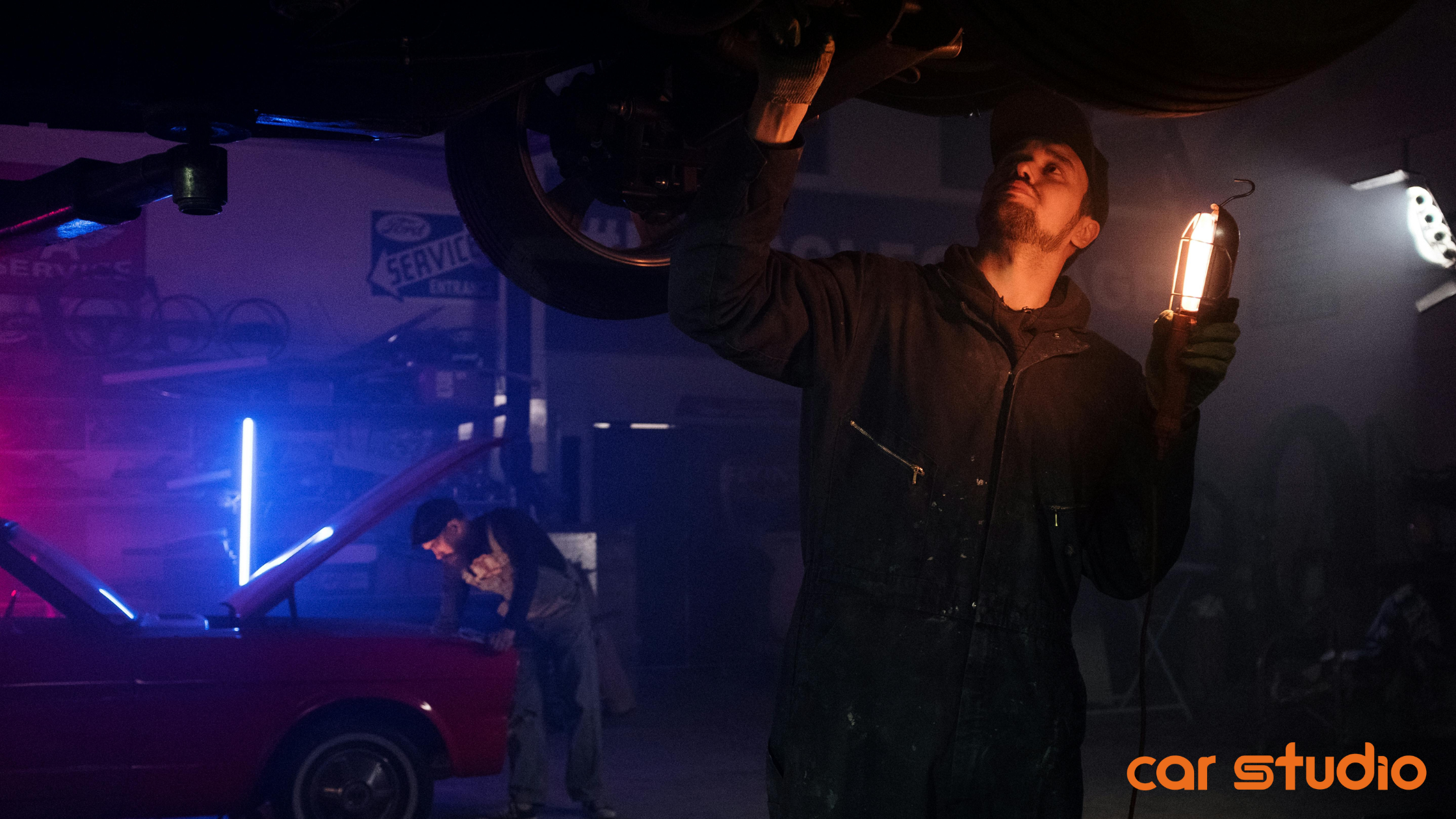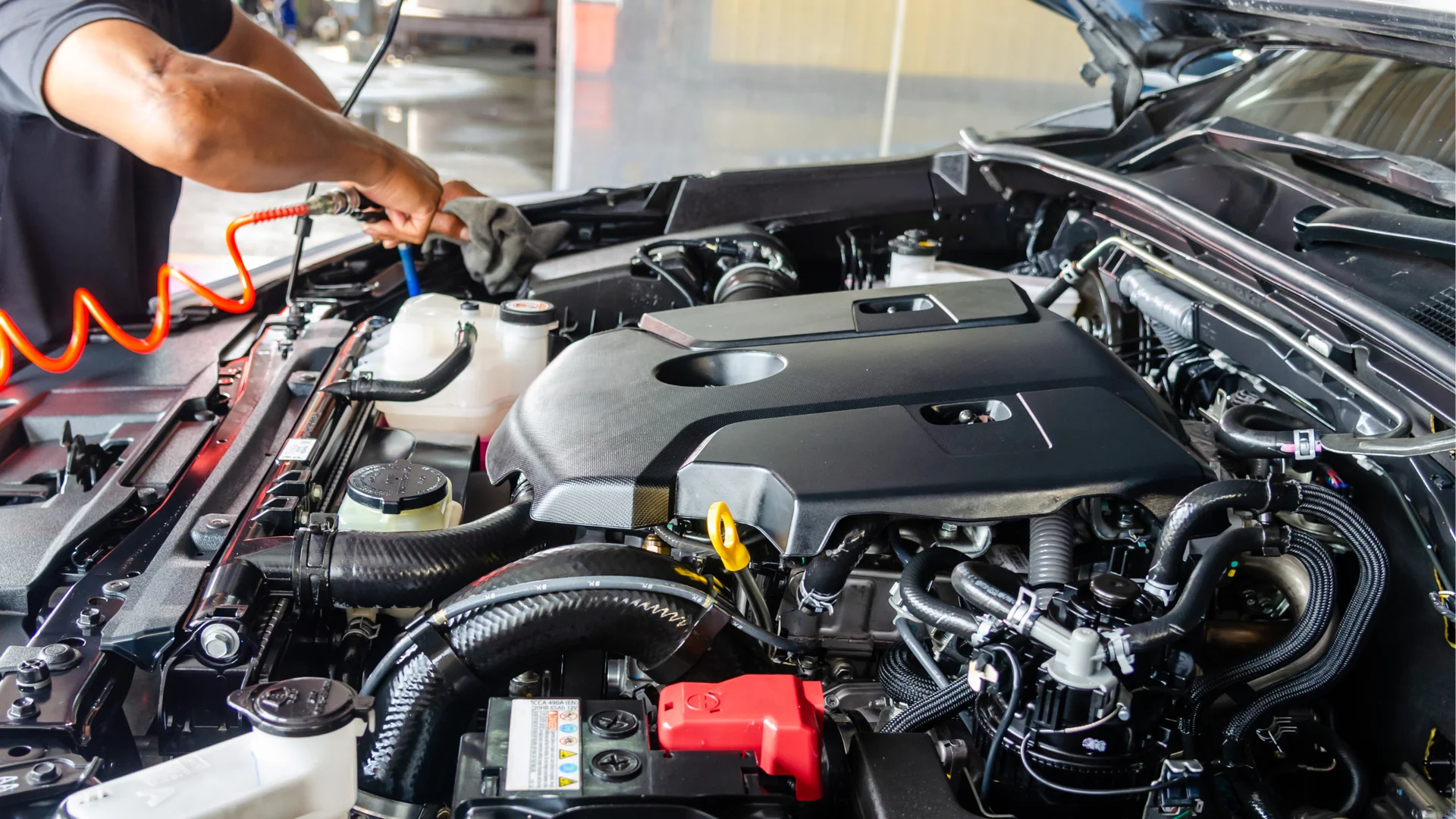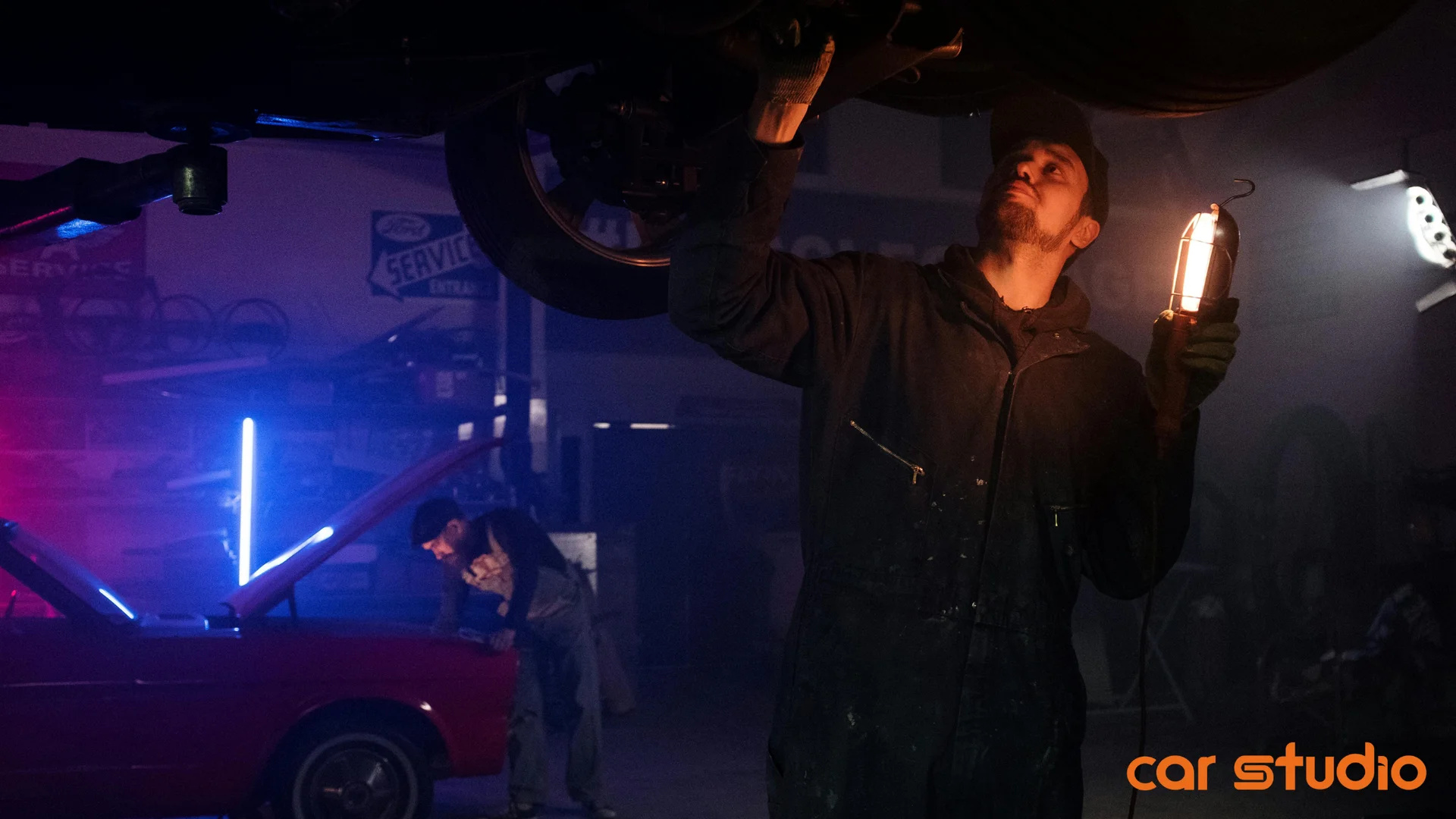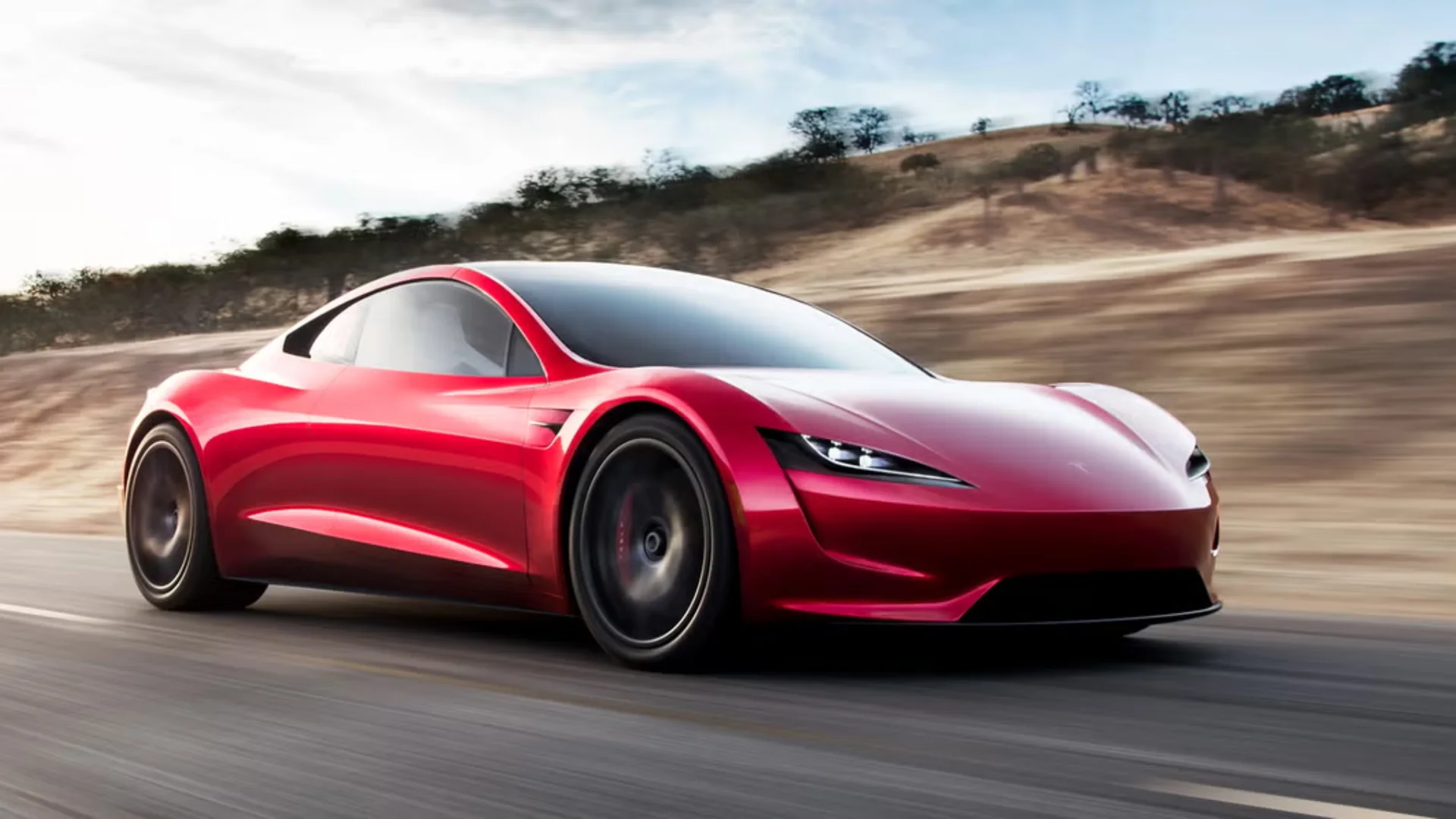
Top Automotive Marketing Trends for 2025
Table of Contents
Top Automotive Marketing Trends for 2025: What Dealers Need to Know
The automotive industry is in the fast lane of transformation. By 2025, the way vehicles are marketed and sold will look very different from what dealerships are used to today. From AI-powered personalization to immersive digital experiences, dealerships that embrace innovation will not only survive but thrive.
As someone who has been following these shifts closely, I can tell you this isn’t just about staying trendy. It’s about meeting buyers where they already are: online, mobile-first, and expecting seamless digital journeys. At Car Studio AI, we’ve seen firsthand how technology can accelerate dealership growth, and in this post, I’ll break down the key marketing trends you should have on your radar.
The Shift Towards Digital Excellence
Let’s be honest old-school tactics like print ads or generic listings don’t cut it anymore. Shoppers today research cars the way they research phones or laptops: online, comparing, reviewing, and shortlisting before ever stepping into a showroom.
Digital excellence is no longer optional. It’s the baseline. This means:
The future dealership is part showroom, part media company, and part tech hub. That’s a lot to juggle but the opportunities are enormous.
Embracing AI for Enhanced Customer Interaction

AI-Driven Personalization
Imagine knowing what a potential buyer wants before they even tell you. AI makes this possible. By analyzing browsing behavior, demographics, and past interactions, dealerships can tailor everything from website banners to email campaigns to match what the customer is actually interested in.
Think of it as having a smart sales assistant who whispers, “This customer has been looking at hybrids, show them your eco-friendly lineup.” The result? A smoother journey, happier customers, and higher conversion rates.
For a deeper dive into personalization and automation, Car Studio AI’s piece on AI-driven marketing automation for dealerships in 2025 is worth exploring.
Virtual & Augmented Reality Showrooms
VR and AR aren’t gimmicks anymore they’re becoming powerful sales tools. Customers can:
This doesn’t replace the thrill of sitting in a car physically, but it drastically shortens the sales cycle. Tech-savvy buyers (and let’s be honest, that’s most of them now) expect this kind of immersion.
Leveraging High-Quality Digital Content
360-Degree Car Photography
Photos still sell cars but not just any photos. A single static image is yesterday’s marketing. What today’s shopper craves is control: the ability to rotate, zoom, and inspect details as if they were standing in front of the vehicle.
360-degree car photography delivers exactly that. It creates transparency, builds trust, and keeps buyers engaged longer on your site. Car Studio AI has already highlighted how visual marketing tactics for 2025 car sellers can make or break a sale and 360 imagery tops the list.
Interactive & Engaging Car Listings
Imagine clicking on a car listing and being able to:

That’s not just content it’s an experience. When listings are engaging, buyers spend more time exploring, which increases their intent to purchase. The days of plain text descriptions are numbered.
Advanced Digital Marketing Strategies
Social Media & Influencer Collaborations
Car buyers don’t just follow automakers they follow car enthusiasts, reviewers, and creators on Instagram, TikTok, and YouTube. Dealerships that collaborate with these voices instantly gain authenticity.
For example: a local dealership partners with a regional car influencer to showcase a test drive. Suddenly, your brand isn’t just running an ad; it’s part of a trusted narrative.
Social media also allows real-time engagement polls, live Q&As, behind-the-scenes content all of which humanize your brand and strengthen loyalty.
SEO & Content Marketing
Search is where serious intent lives. If a shopper Googles “best compact SUV 2025” and your dealership doesn’t show up, you’re invisible at the moment that matters most.
SEO isn’t just about keywords it’s about creating content that answers real buyer questions:
Maintaining a blog with actionable insights not only boosts visibility but positions you as a trusted advisor. Car Studio AI’s guide on must-have tools for dealership marketing teams in 2025 emphasizes content and SEO as the backbone of digital growth.

Putting It All Together: The Dealership of 2025
So what does the dealership of the future look like? Picture this:
That’s not science fiction it’s the logical outcome of aligning AI, digital content, and marketing strategy.
If you want to see how OEMs are already leveraging these tools at scale, Car Studio AI’s article on AI-powered marketing for OEMs provides great context.
Conclusion: Gearing Up for the Future
By 2025, automotive marketing will be less about selling and more about curating experiences. Dealerships that:
…will be the ones leading the pack.
The journey ahead isn’t about replacing your human touch it’s about enhancing it with digital intelligence. As you consider your next moves, ask yourself: Is my dealership ready to meet customers in the digital spaces where they already live?

The road to 2025 is here. The question is: will you accelerate or stall?
FAQ: Quick Insights
How can AI transform the car buying experience?
AI has the power to completely reshape the way customers shop for cars by removing friction and making every step more intuitive. Instead of browsing through endless generic listings, buyers can receive curated recommendations that align with their lifestyle, budget, and preferences. For example, an AI system might analyze a shopper’s search history and suggest a hybrid SUV if it notices consistent interest in eco-friendly models. Beyond recommendations, AI also enhances communication chatbots can answer questions 24/7, follow up with tailored offers, and even schedule test drives. This creates a personalized journey that feels less like “being sold to” and more like a guided conversation. Over time, dealerships using AI see not only higher conversion rates but also stronger customer satisfaction because buyers feel understood.
What are the benefits of 360-degree photography?
Traditional car photos only show a limited perspective, often leaving customers with doubts. 360-degree photography changes this by allowing buyers to virtually walk around the vehicle, zoom into details, and explore the interior from different angles all from their smartphone or laptop. This level of transparency builds trust, especially in online-first sales where customers can’t physically inspect the car. It also reduces the back-and-forth with sales teams, since many questions (like “What does the dashboard really look like?” or “How spacious is the back seat?”) are answered visually. For dealerships, this means fewer abandoned leads and a higher likelihood of securing serious buyers who already feel confident before visiting the lot. It’s not just an upgrade in visuals it’s a tool for shortening the sales cycle.
Why is social media important for dealerships?
Social media has evolved into the modern “word of mouth.” For dealerships, it’s no longer just about posting an occasional car photo it’s about creating ongoing conversations with potential buyers. Platforms like Instagram, TikTok, and YouTube allow dealerships to showcase vehicles in creative, relatable ways: behind-the-scenes content, short test drive clips, customer testimonials, or even fun polls asking followers to vote on their favorite model. Beyond engagement, social media provides powerful targeting tools, ensuring your content reaches people actively considering a purchase. Collaborating with local influencers or auto enthusiasts also builds authenticity buyers trust recommendations from voices they already follow. Ultimately, social media isn’t just about visibility; it’s about building a community that keeps your dealership top of mind when purchase decisions are made.
Can digital marketing replace traditional sales practices?
Digital marketing has become the backbone of automotive sales, but it doesn’t eliminate the need for human connection. While online tools can handle discovery, comparison, and even virtual test drives, the in-person element still plays a crucial role when closing deals or handling complex questions. Buyers often use digital platforms to narrow their choices, but they still value speaking to a knowledgeable salesperson before making a final decision. The real power lies in a hybrid approach: use digital marketing to attract and qualify leads, then complement it with personalized, human-driven support. Dealerships that master this blend often see the best results reduced sales friction, more efficient use of staff time, and higher customer trust.
What should dealerships focus on when creating online content?
The golden rule is that content must serve the buyer first. Shoppers aren’t looking for generic ads they’re searching for guidance, clarity, and reassurance. This means your content should be:
When done right, online content becomes more than marketing—it positions your dealership as a trusted advisor, which is exactly what modern buyers are looking for.
